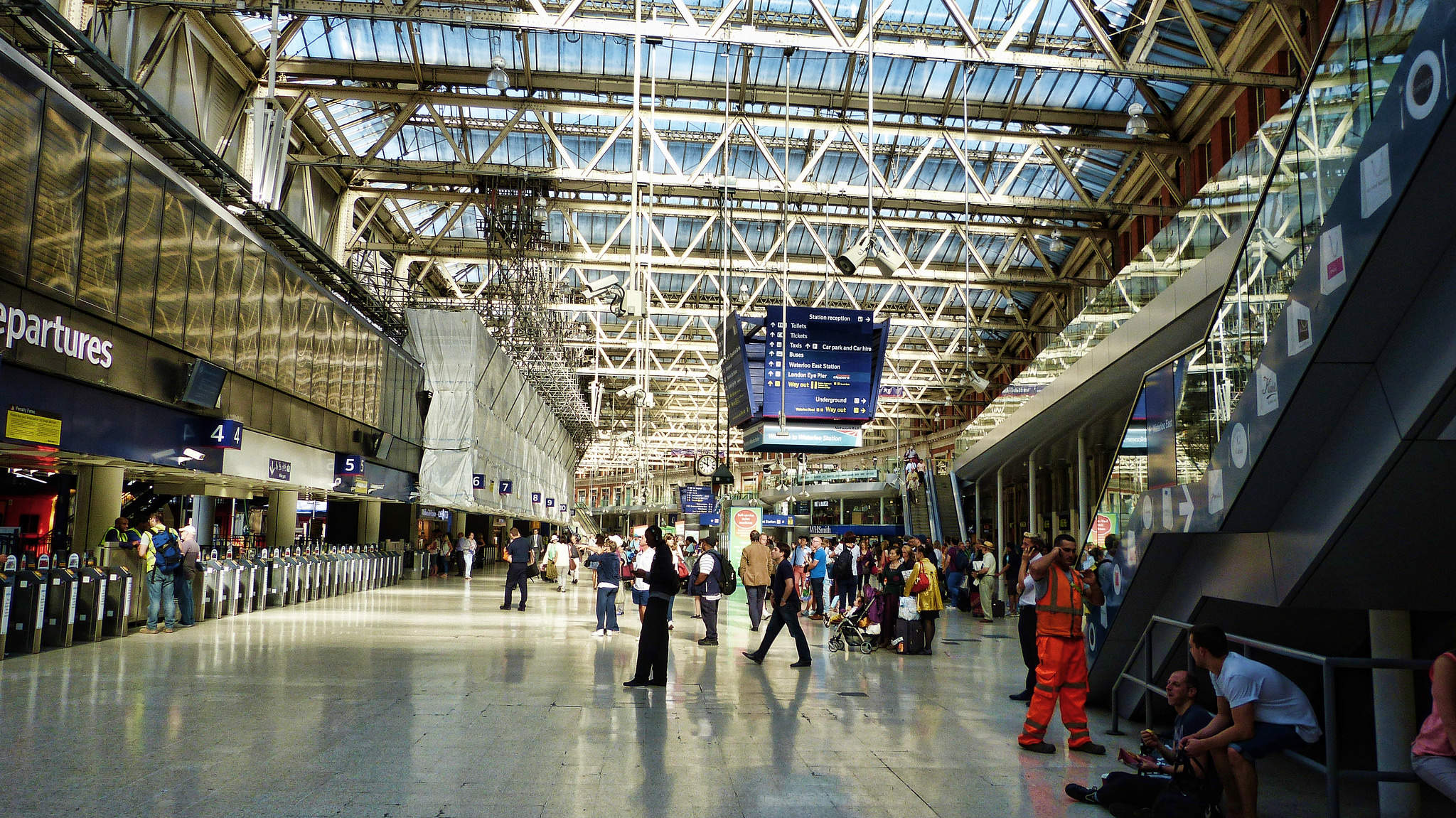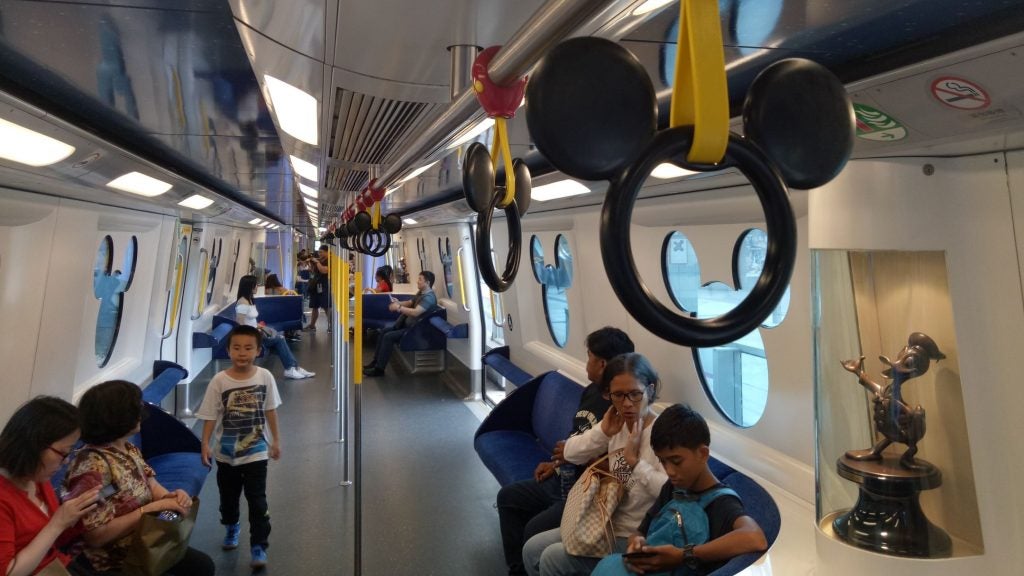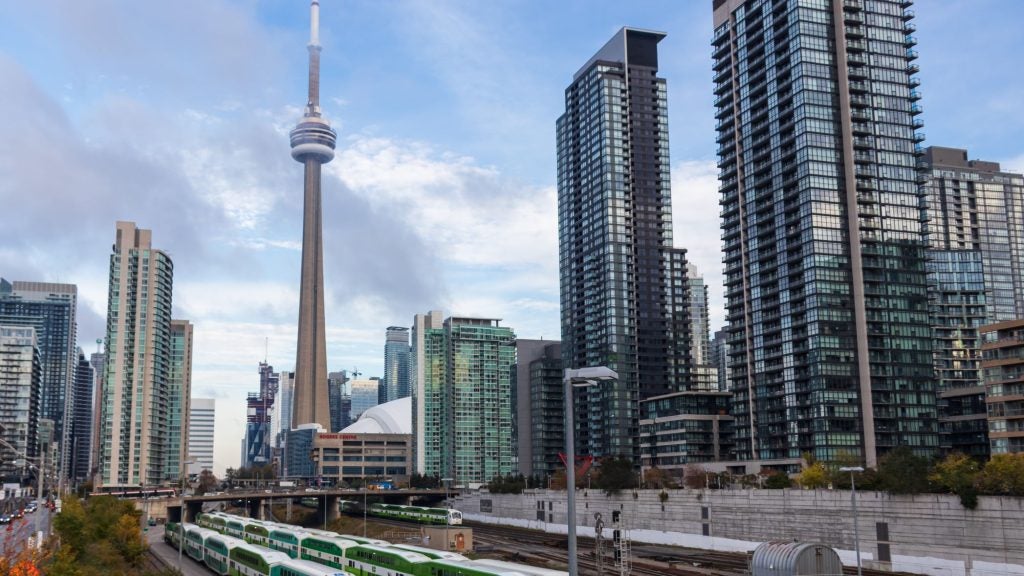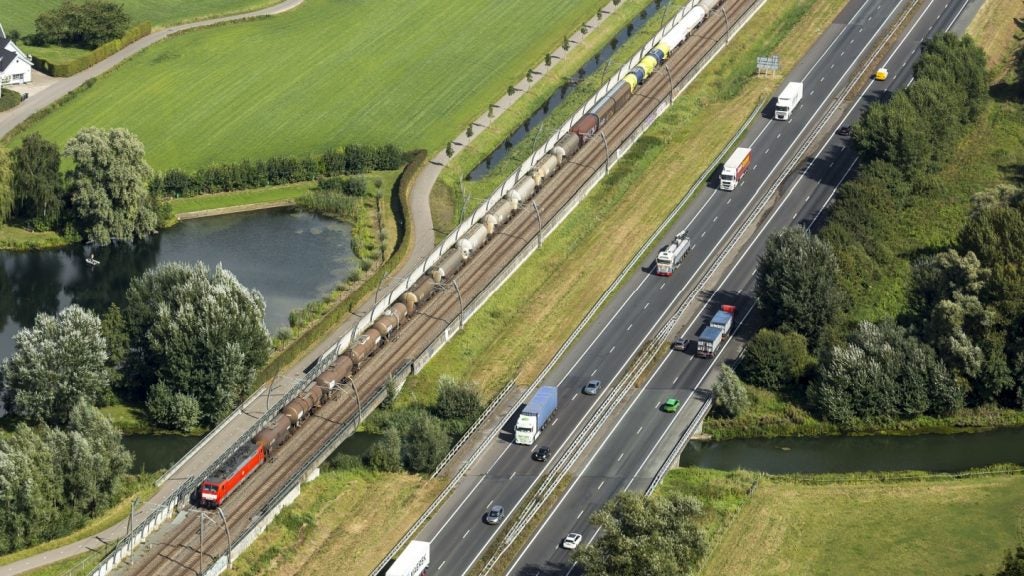
Hell hath no fury like a stranded commuter. Mark Carne, chairman of Network Rail since 2014, knows this only too well.
On 29 August, engineers identified a ‘safety-critical’ issue while testing the signalling system at London’s Waterloo station. With four platforms closed, rush-hour commuters found themselves in an all too familiar wait on the station’s concourse.
While some took to social media to vent their frustrations, Carne was forced to issue an apology via Twitter for the delays.
The timing couldn’t have been worse for Waterloo and Network Rail. Not only were commuters returning from the national bank holiday break, but 29 August was also supposed to mark the end of an £800m upgrade at the station.
The chaos on that late-summer morning also brought to light the threadbare patience commuters now have when it comes to hearing excuses from public transport organisations.
While aware that work had been taking place at the station since the beginning of August – involving a team of more than 1,000 engineers – passengers’ attitudes were along the lines of: three weeks of work and they still can’t get it right.
How well do you really know your competitors?
Access the most comprehensive Company Profiles on the market, powered by GlobalData. Save hours of research. Gain competitive edge.

Thank you!
Your download email will arrive shortly
Not ready to buy yet? Download a free sample
We are confident about the unique quality of our Company Profiles. However, we want you to make the most beneficial decision for your business, so we offer a free sample that you can download by submitting the below form
By GlobalDataClose to six weeks later and disrupted services continued, to commuter dismay. They have become inured to those two dreaded words: signalling failure.
The Waterloo project was no small undertaking
But are we being a little too quick to criticise Network Rail? As Felix Schmid, professor of railway systems engineering at the University of Birmingham explains, the Waterloo upgrade works were far from minor.
“The amount of work that was carried out there was huge,” he says.
“Okay, you can say they failed because there were some problems afterwards, but it involved something like 100,000 hours of work. Anyone working on such a project has the potential to make mistakes.”
Rail signalling systems, admittedly, occupy a unique realm. If the traffic lights go down on a road, a couple of police offers can step in at a junction to ensure no accidents take place. On the railway, it is far from that simple.
“Unless the points remove correctly and safely – the mechanism that allows you to go on to different tracks – you can’t re-open the railway,” says Schmid.
“Okay, you can have someone there with the handle, who does it manually, but that is really the last resort. If you run the entrance to Waterloo Station, that is almost impossible.”
Victorian systems in concurrence with the latest tech
There are several reasons behind the signalling problems that continue to beset some of the UK’s biggest stations, such as Waterloo.
One of the biggest headaches engineers contend with is the hodgepodge of technology at their disposal, of which some even dates back to the Victorian era.
“In terms of the British railway infrastructure, including the London underground, you have technologies running in parallel from the 1890s through to 2016-2017,” says Schmid.
“The 1890’s technology is very simple, but it doesn’t provide you with a lot of capacity, while the very latest tech, in some cases, has not yet been fully bedded in, so engineers aren’t always sure how the system works.”
Adding to the disparity is a range of similarly obsolescent systems introduced between the 1960s and late 1990s. Several stations in the UK, says Schmid, still use archaic microprocessors no longer supported by manufacturers, while insulation wires are at risk of disintegrating.
“This is the context in which we are dealing,” says Schmid, who identifies faulty track circuits and axel counters as the two single biggest causes behind today’s signalling failures.
“Some people believe that if you replace all the track circuits with axle counters you remove the problem,” he adds, “But you don’t. You create other problems. So it requires a determined effort – just to improve the reliability of components.”
However, the coexistence of ancient and state-of-the-art signalling technologies is not a situation unique to the UK, says Schmid. The French rail network is very similar, as is the Swiss-German infrastructure.
“It’s a big issue that comes about from having long-life assets,” says Schmid.
“Another thing worth bearing in mind is that because railways are long and thin, the communication systems are also long and thin. It’s not like when you need to chance the telecoms system in an office building and you simply call the technicians in to do it for you.
“On the railways, you have to plan it in advance. A major signalling project can have a lead-time of two to three years. It has to be tailored. It can’t just come off the shelf.”
Working with larger signalling systems
Schmid can recall a sizeable re-signalling project that took place at Waterloo in the 1960s. How does it compare to projects taking place today?
“It’s very different,” he says. “Back then, they would shut down the station for a weekend so as to get the new system up and running. But it was a relatively self-contained system, with only a few tracks for the signals.
“Today, Waterloo is integrated into a much larger system. If you change something at Waterloo, you have to change the top-level system, too. That might mean liaising with one of the big control centres, like Three Bridges or Rugby. You need to have a very good plan in place.”
The optimisation of signalling is also contingent on basic paperwork, says Schmid. It takes only one engineer to forget a key document for work on a project to grind to standstill.
“I know it seems quite trivial, but you need all your paperwork in order to demonstrate that you are doing something safe and sensible,” he says.
“If someone forgets that paperwork, you can’t do the job. It’s got a lot to do with how risk-averse managers and public stakeholders are today. You really need to put together a programme that works and people can buy into.”
Maintaining a seamless signalling system is no mean feat. It requires careful planning and advanced technical knowhow. Unfortunately for the engineers that work on them, passengers care very little about such details – they just want their trains to run on time.







